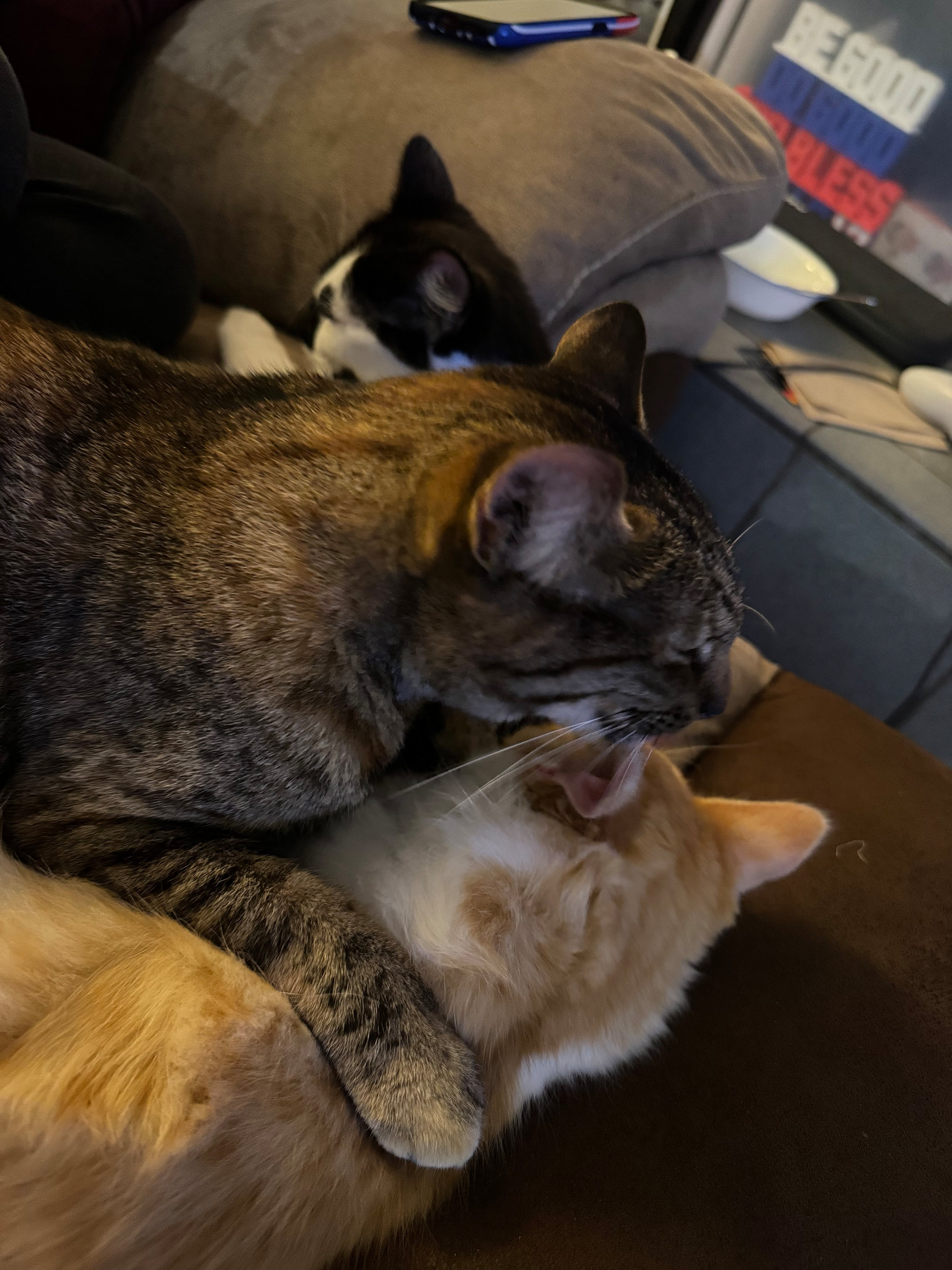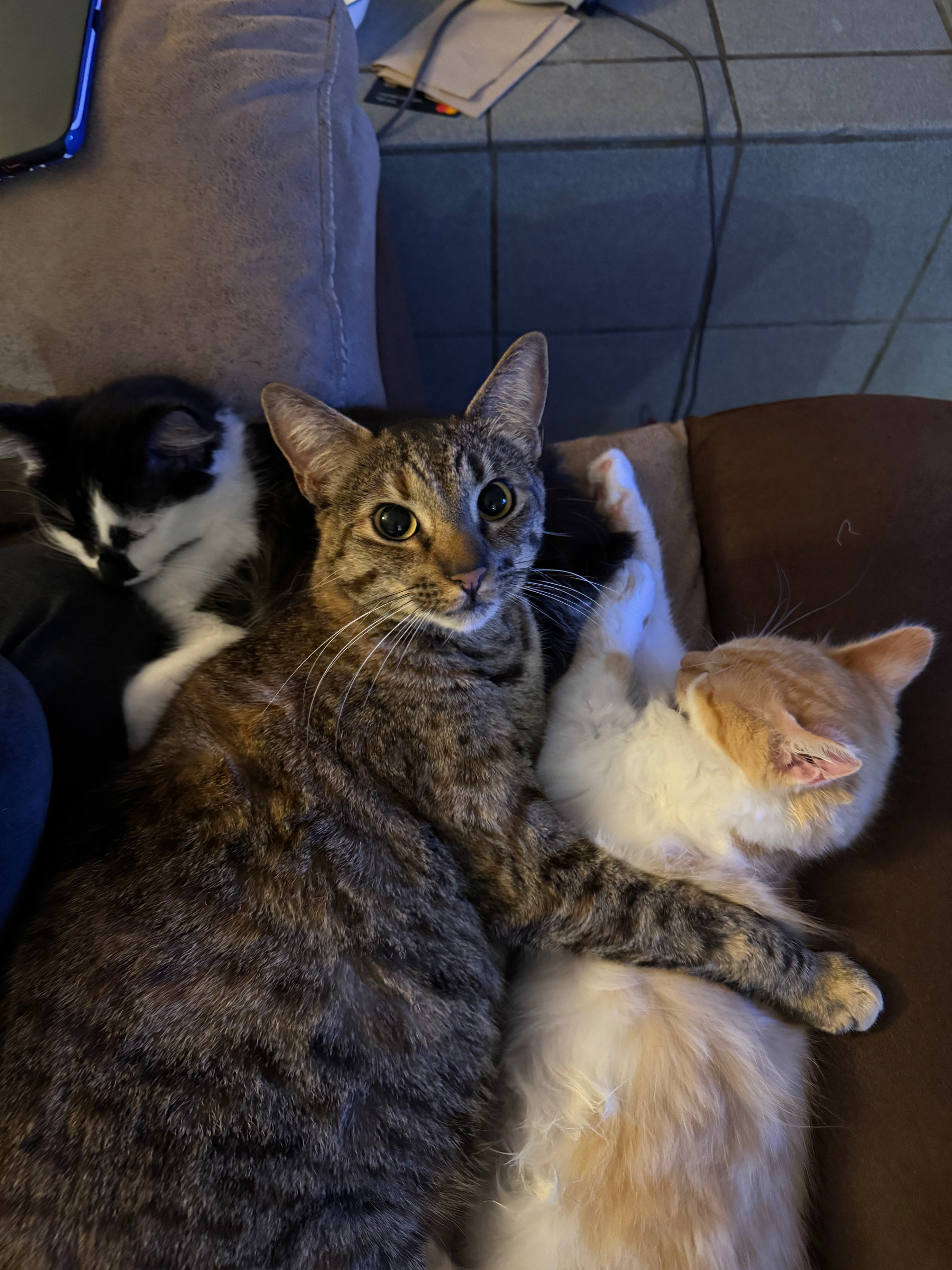For giggles, I added a new Rust implementation of Little Fluffy Clouds so that you can use it as a standalone binary. The Python version isn’t going away! It’s still the only solution I know of for merging lots of IP networks quickly and correctly.
Chinese Regulators May Kill Retractable Car Door Handles That Never Should Have Existed
Compared to mechanical door handles, however, these door handles come with a trade-off in complexity. They require electricity, motors, and a functioning control system to work. When all is well, this isn’t a problem. However, when things go wrong, a retractable electronic door handle often proves inaccessible and useless.
I’m glad this is getting attention. I would not ride in a Tesla. I’m astonished that these insane door handles are legal at all, and that they haven’t been sued into bankruptcy for willful negligence.
The crucial part to booting FreeBSD on my 2018 Intel Mac Mini (macmini8,1) was in the FreeBSD wiki:
$ mount -t msdos /dev/disk0s1 /Volumes
$ bless --mount /Volumes --setBoot --file /Volumes/efi/boot/BOOTX64.efi --shortform
$ diskutil umount /Volumes
$ reboot
Emergency cat pics! June Bug is grooming “her” kitties, Sam and Dean.


PG&E charges $1.50 to make debit/credit card payments on their website. I’m going to research the most expensive possible way for them to process my payments. Drive to their office and swipe an American Express? Check written in crayon that has to be manually entered? Pennies duct-taped to a caribou? I need to think on this.
North Carolina Town First in U.S. to Deploy Defibrillator Drones During Actual 911 Emergencies
“Once the call goes in, the drone is launched to that location, the person is on the phone with a 911 operator, they’re guiding them, letting them know what to do, what to expect. The drone is in flight with the AED attached. Minutes later, the drone appears in the sky–not a bird, not a plane, not Superman–a drone and an AED[…]”
- That’s amazing!
- “To skip the 1 minute ad, insert your credit card. Thank you for using Trauma Team.”
The jq command line tool is a useful way to query, filter, and reformat JSON files. I use it every day at work. It’s great. However, replacing a jq command having a beefy select() clause with a simple call to rg cut a script’s runtime from 79 seconds to 6.
Choose the right tool for the job.
I’m carrying a pot full of homemade macaroni and cheese to work today. I’ve successfully navigated the first 2 of 3 legs of public transit. A worker came by and asked what I had in this giant pot. I showed him the cheesy goodness and he asked if he could join us for lunch. I said I’d save him a seat and he laughed.
Technology is not evenly distributed, even in the US. Every time I use Apple Pay on my watch here in my ancestral home, which is not often because I don’t go waving my arm at cashiers like a maniac, but still, even at things like a coffee shop, or a McDonald’s drive through — a McDonald’s! — every time, the person says something close to “whoa, you can pay with your watch?”, and I cannot possibly be the first person here to do this.
The current art exhibit at SFO D gates is a bunch of old phones.

Mom would never have described herself as a feminist. The local politics made that unlikely. She just didn’t see any reason why she couldn’t do the same job as the men at the railroad, so she went for it — and excelled. She was the first Wire Chief there, responsible for keeping the surprisingly huge and complex communications systems up and running, and therefore the trains rolling.
She was the first computing professional I knew of. When I was a little guy, I was thrilled when she told me that boys were also allowed to work on computers.

One of the greatest things she taught her kids was not to be afraid to say yes to good opportunities we didn’t feel qualified for. That worked out pretty well over the years. But more than that, she never let us forget that we were completely loved and accepted.
Love you too, Mom.
My mom passed away this morning. We knew this was coming. She’d been sick for a while. The last stages were mercifully brief and comfortable.
I ran 3 miles worth of intervals today, and the numbers weren’t spectacular but they were pretty great by my standards. I’m pleased with how it went.
Commute step 1: Leapt onto Muni as the doors closed.
Step 2: Waited 2 minutes for BART.
Step 3: Waited 30 seconds for a bus.
This was the most efficient trip I’ve had in months.
We’re having visitors in our office tonight, and the office manager reminded us to put away valuables, etc., and also to put away USB chargers so no one would be tempted to sneak over and top off their phone.
If you borrow a random data cable from a desk of the security team, whatever happens next is on you.
Comcast verified that they processed my data deletion request, with exceptions including:
For internal purposes that are compatible with the context in which you provided it, such as to support and enhance he [sic] products and services we provide
No! I don’t want you using my data to enhance your services. On to filling a CCPA complaint it is, then.
My Fish shell tweak of the morning:
abbr --add checkout --command git "switch -c"
Now when I type “git checkout”, it replaces that with “git switch -c”, which is what I really meant 90% of the time: switch to a new branch.
From the letters to the editor in a recent issue of “2600”:
We used to subscribe to Wired Magazine, but their direction changed. Aside from the content of their articles, their pages became too colorful and hard to read.
So they stopped in, what, 1994?
To the younguns amongst us, Wired was (in)famous for running print articles in color schemes like neon yellow on day-glo pink. Yes, it was fun and cool to read. Yes, it was sometimes nearly impossible to focus on the page.
My version of a DIY GR1 hip belt
I wanted a hip belt for my GoRuck GR1 backpack. I tried GoRuck’s own padded hip belt. It’s great for stabilizing the bottom of the bag so that it doesn’t swing from side to side. However, I wanted a weight-bearing belt like the one on my camping backpack. This wasn’t it.
The gang over at Yomp Notes wrote a guide to make a DIY hip belt. I couldn’t make heads nor tails of their system for attaching the belt to the bag, so I tried something vastly simpler.
My shopping list:
- Fairwin tactical belt. This is the tough, non-stretching nylon belt that cinches the setup snugly around your hips. It’s basically the tough version of a normal belt you’d wear to hold your pants up.
- Condor Elite battle belt. This is a padded wrapper that goes around the nylon belt for comfort. It doesn’t have a buckle of its own. Feel free to roll your eyes at the tacticoolness of the description, but here we’re using it purely for its width and the padding. You wouldn’t want to wear the nylon belt directly against your hips without it, unless you’re a fan of being sawed in half. We’re going to use those PALS straps on out its outside to connect it to the bag. Sizing tip: I’m 6 feet tall and, ahem, robust. I bought a medium and it wraps all the way around me. If you’re not sure which size to get, get the smaller option.
- Two C.A.M.P. Compact Oval Screwgate Locking carabiners to connect the battle belt to your GR1.
First, open the velcro flaps on the battle belt to expose its inner channel, lay the nylon belt inside it, and close the velcro again. Ta-da! The belt is assembled.
Next, thread the carabiners through the bottom 2 PALS straps on the sides your GR1, closest to the part of the pack that rests against your back.
Finally, lay your battle belt against the padded back of your GR1. Find the 2 columns of PALS straps that are about the same width apart as the carabiners are on your pack. Err on the side of them being a little wider apart on your belt than they are on the GR1. Now work the carabiners through those straps on your belt.
You’re done. There’s no step 4. Now your belt is attached securely to your GR1, and you can still remove it easily for all the times when you don’t want to wear a padded belt.
This is how the attachment of the belt to the bag looks. It’s straightforward: the carabiners temporarily lock the belt snugly to the GR1.

This is how it looks from the front. See how the carabiner splays out to the side a little? When the belt is snug on you, that’ll put a small outward tension on the bag to hold it centered against your back.

Eagle eyes might notice that the belt is technically upside down. Try it both directions and see what’s most comfortable for you. It’s your belt. You can wear it any way you want to.
I like the end result much more than GoRuck’s own hip belt. Their belt attaches to the sides, too, but it doesn’t go all the way around your hips. It just stretches from one side of the bag, around your belly, and to the other side. That is, your bag becomes an integral part of the belt. The tighter you snug the belt, the harder it pulls the sides of your bag outward like wings. With the DIY belt, the only force between the belt and the bag is the weight of the bag pushing downward. Tension on the GR1’s PALS straps is purely upward against its weight, not upward and outward against the snugness of the belt.
This setup costs more than the GoRuck version. I didn’t do this to save money. I did it to have a sturdy belt that works about as well as such a thing possibly can. I expect this setup to last almost as long as the GR1 itself.
San Francisco at night from the Alcatraz ferry.
